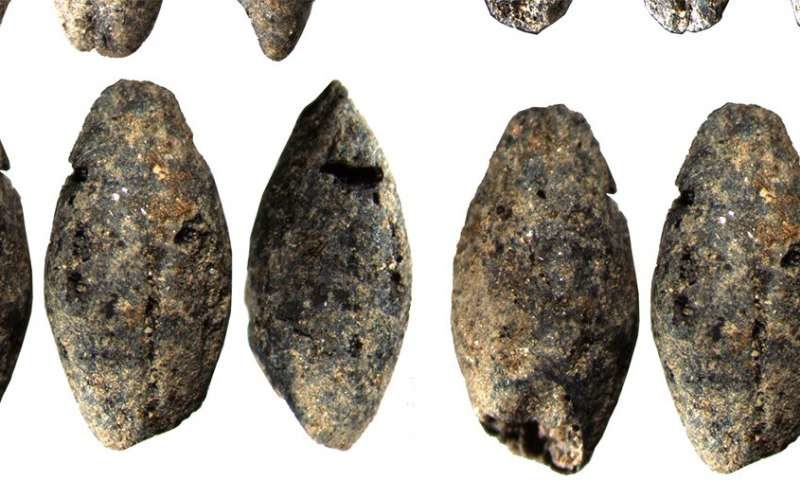
A study carried out in cooperation with parties representing the discipline of archaeology and the Department of Chemistry at the University of Helsinki, as well as Swedish operators in the field of archaeology (The Archaeologists, a governmental consultant agency, and Arkeologikonsult, a business), found grains of barley and wheat in Pitted Ware settlements on Finland's Aland Islands and in the region of modern Stockholm.
The age of the grains was ascertained using radiocarbon dating. Based on the results, the grains originated in the period of the Pitted Ware culture, thus being approximately 4,300-5,300 years old. In addition to the cereal grains, the plant remnants found in the sites included hazelnut shells, apple seeds, tuberous roots of lesser celandine and rose hips.


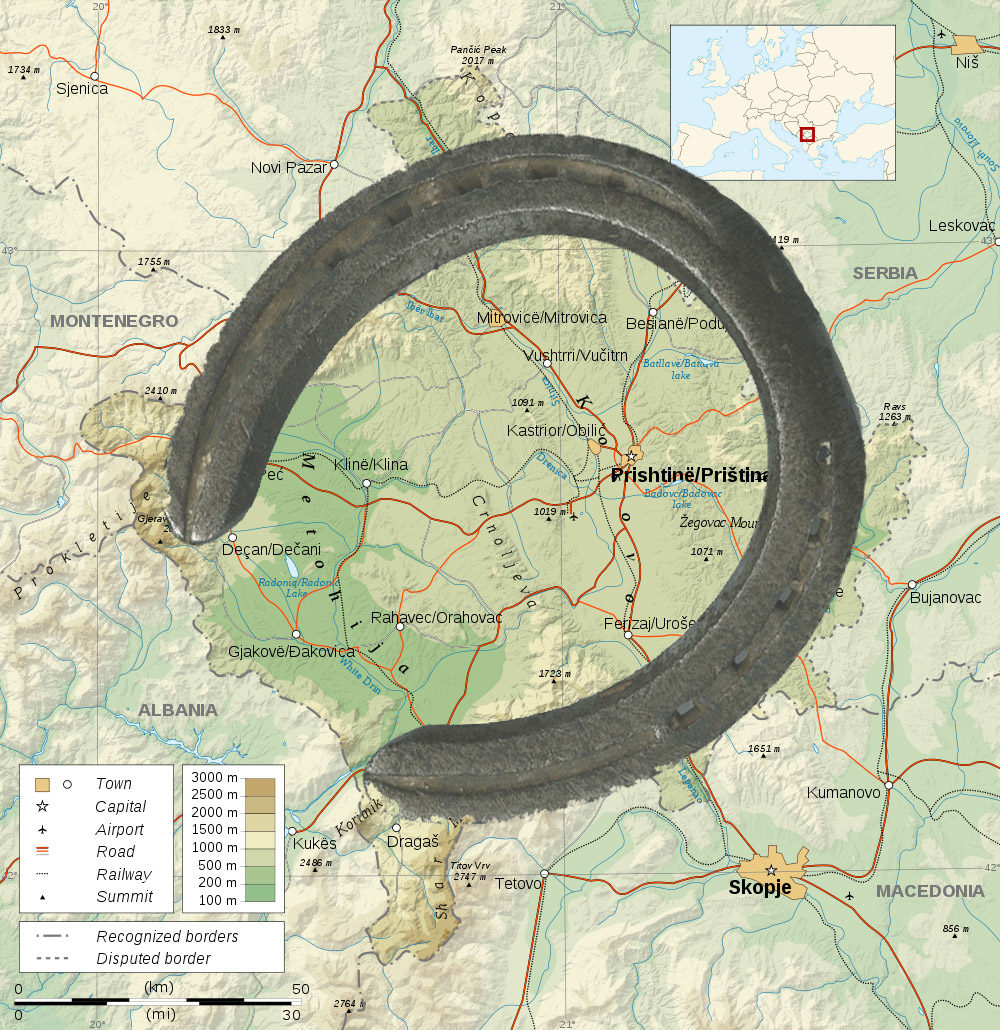
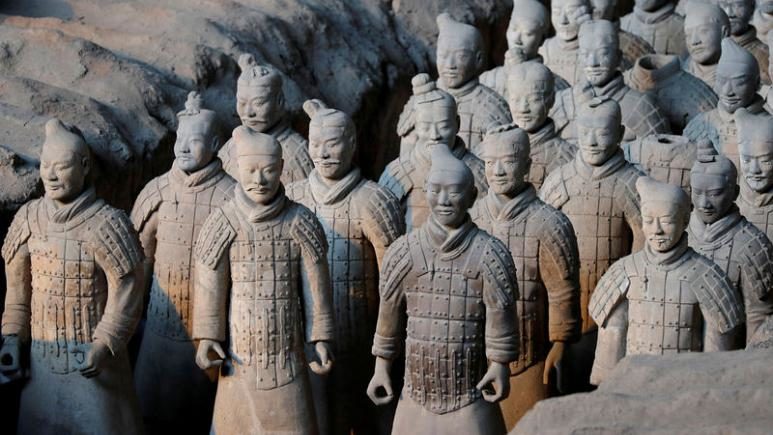
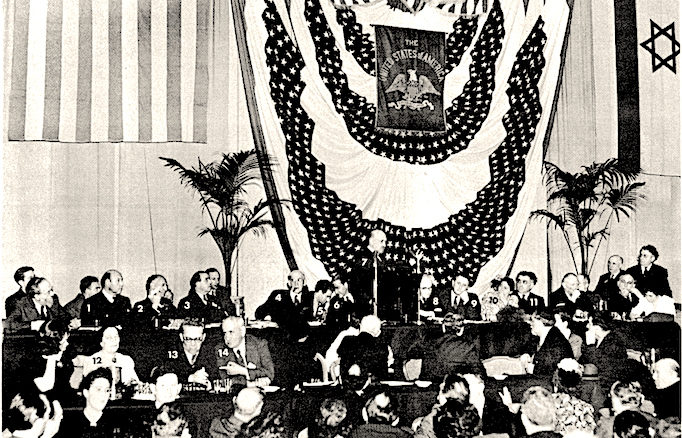

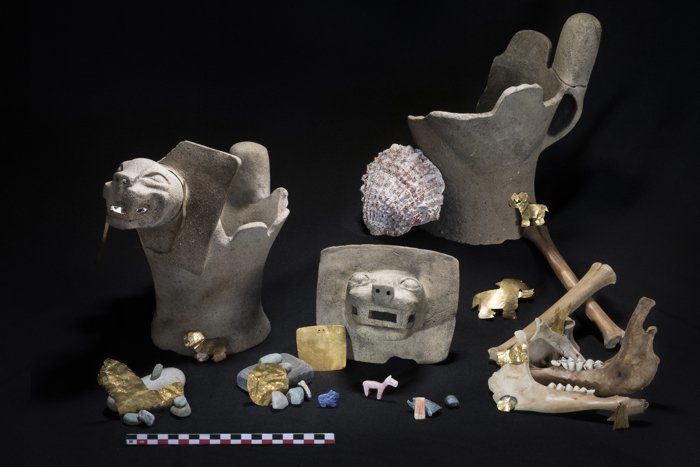

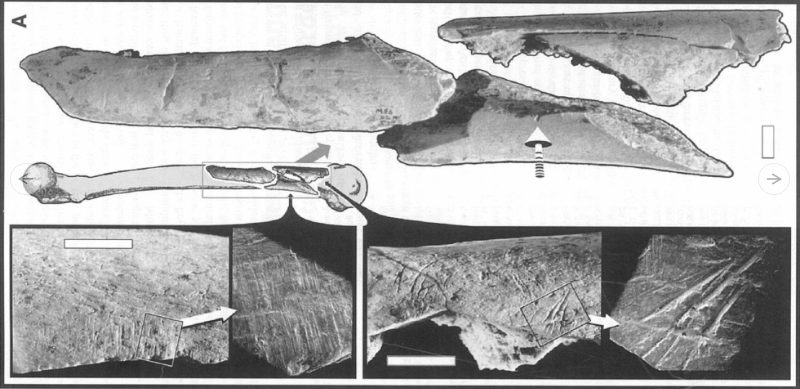



Comment: One wonders if there were any particular driving forces that caused these communities to begin experimenting with agriculture. It's notable that, concurrent with the findings above, a recent study found evidence of plague in Sweden's early farmers: See also: